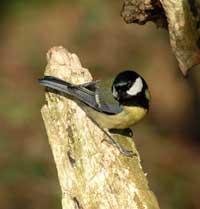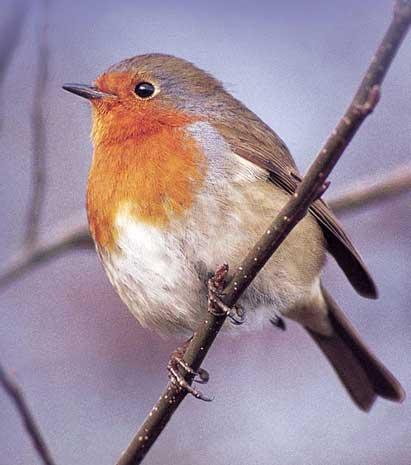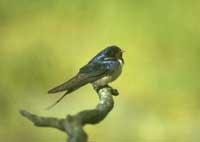In the cities singing, serious
2008/09/16 Lakar Iraizoz, Oihane - Elhuyar Zientzia

In the twenty-four hours of the day the movement occurs in big cities and not so big, and we are used to a continuous environmental noise, like cars, trucks, factories... The birds are turned off by this great stir.
We are all upset by the noise of the cities, some more than others, and not hearing birdsongs will hurt someone. But for birds it has become a vital problem. They have had to adapt to living in the cities, and those who have not adapted, unable to listen, have had to leave the cities.
The environmental noise of the cities seriously harms the birds: on the one hand, it hides the sounds of the predators that approach them and the shouts that make certain corners to warn them of the existence of some danger, and on the other, the songs with which the singing birds seek a partner and mark the territory are drowned.
In the face of this, we must adapt
With the aim of knowing how birds and others respond to the noise of the cities, various investigations have been carried out in several European universities. In general, they have observed that they have gone through three ways to develop in increasingly noisy cities. Some, like the txantxangorri, have changed the time to sing. The birds, by tradition, sing especially at dawn and sunset. In fact, it is in these times where the noises and turbulences of the wind are the smallest, so the noise is transported faster.
The truth is that in the cities there are noises that have more force than the wind, especially in the peak hours (first hour of the morning and last hour of the afternoon). So they have begun to sing in the most silent time of the day, that is, at night.
Others have begun to sing more loudly. For example, a researcher at St Andrews University analyzed Berlin's nightingale. He observed that between five and ten in the morning the city's nightingale used to sing 14 decibels more than the relatives of the forest, even singing in a volume of 95 decibels (in a volume harmful to the human ear, it is indifferent! ). In addition, he observed that the volume of the singing increased or decreased depending on the noise of the area.

Finally, others have changed the tone to sing. Urban noises are usually low-frequency waves (ie, low notes), so they just have to change the tone and sing in higher notes so that the voice is more audible. Thus, they have adapted, among others, the common carboneros and the sparrows.
Therefore, it is clear that the ability to change the way to sing is an advantage for birds in the cities. However, do not think that they have learned to modulate the song in cities. This capacity can also be useful in the forest, sometimes, for example in areas close to the waterfalls (very remote areas, to some extent similar to cities). In these conditions they learned to change the way we sing some birds, and now they serve what we learned in the turbulent cities we created.
But not all birds live in remote environments in the forests, so not all have developed their capacity because it does not help them at all. It is precisely those who have the greatest difficulty to live in the cities and, above all, those who sing in melodies similar to urban noise, of low frequency.
Published in Deia

Gai honi buruzko eduki gehiago
Elhuyarrek garatutako teknologia






